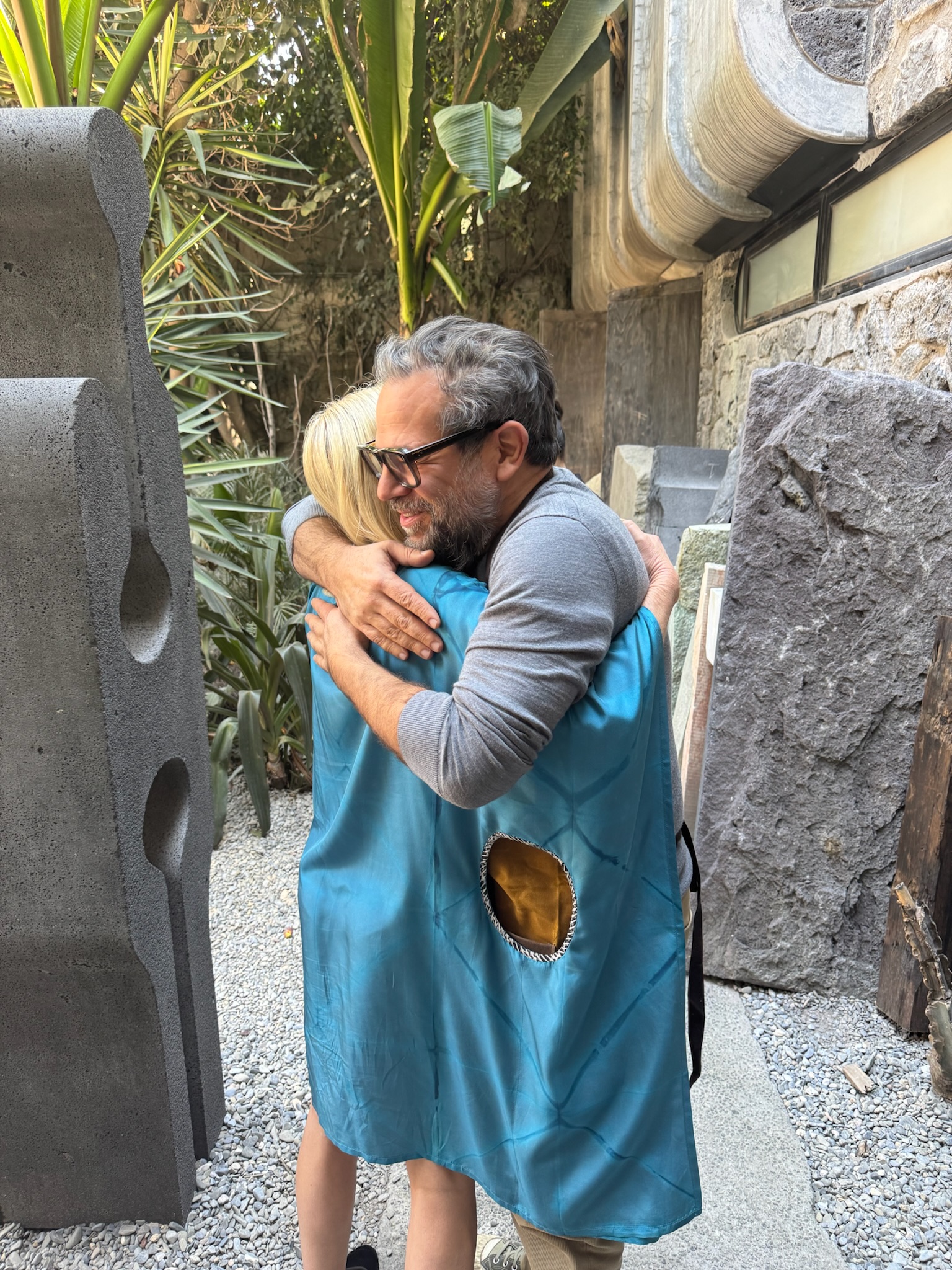
Raised in nature, I grew up with the ethos that we are to leave things better than we found them. And, I am uncomfortable with excess and waste. So I was particularly excited when, almost 20 years ago, Pedro Reyes accepted my invitation to create a site-specific project for the Aspen Art Museum based around the “Japanese idea of recycling.” Titled “Recyclone," the sculpture was created from an inner structure made of hay bales acquired from the local recycling center and an exoskeleton of industrially produced, brightly colored plastic bins: red, green, blue, and yellow. Visitors to the museum or even just those riding past on the bike path were encouraged to fill the bins with used items for which they no longer had a need, and equally to take away anything that they saw and thought that they perhaps had a use for. The bins filled up with paperback books, clothes, well-loved camping utensils, and in those ways became a non-traditional portrait of our community. Far beyond the clichéd, “one man’s trash is another man’s treasure,” Recyclone encourages contemplation of the idea of what is enough. How many hoodies do you need? Which books do you want to keep re-reading and which can benefit someone else through their reading?
In the tradition of Joseph Beuys, Reyes creates social sculptures asking viewers essential questions on how to care for the planet as well as for each other by reducing various risks from over consumption to gun violence and nuclear war.
Why I love it: The works are always playful, fun, and super aesthetic. They address real-world super issues by being non-didactic and by encouraging thought and conversation. Ultimately, his work is playful, optimistic, and imaginative.

